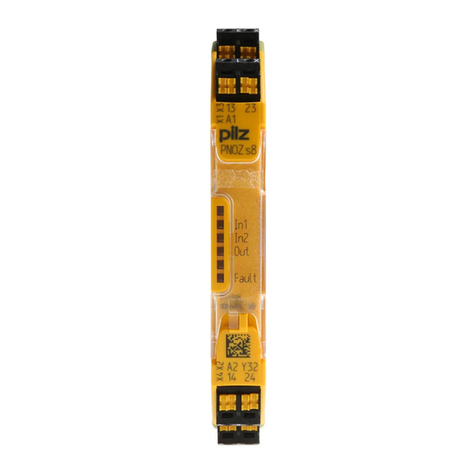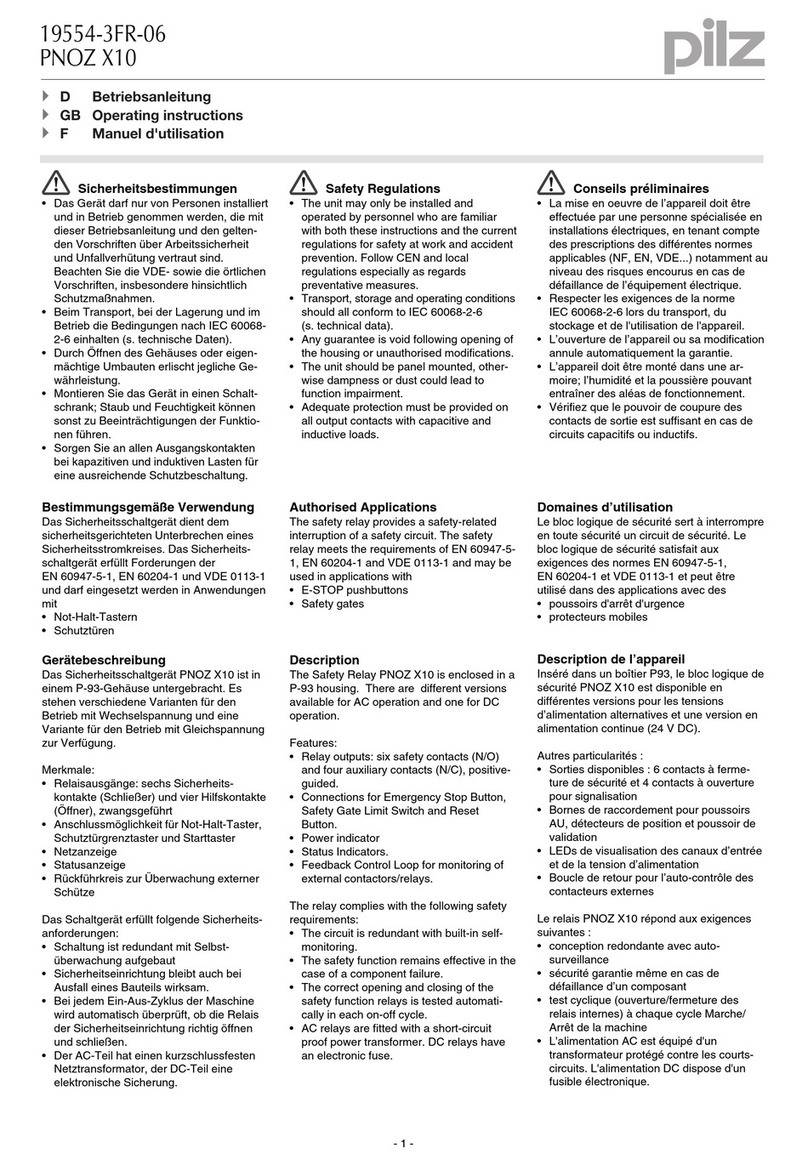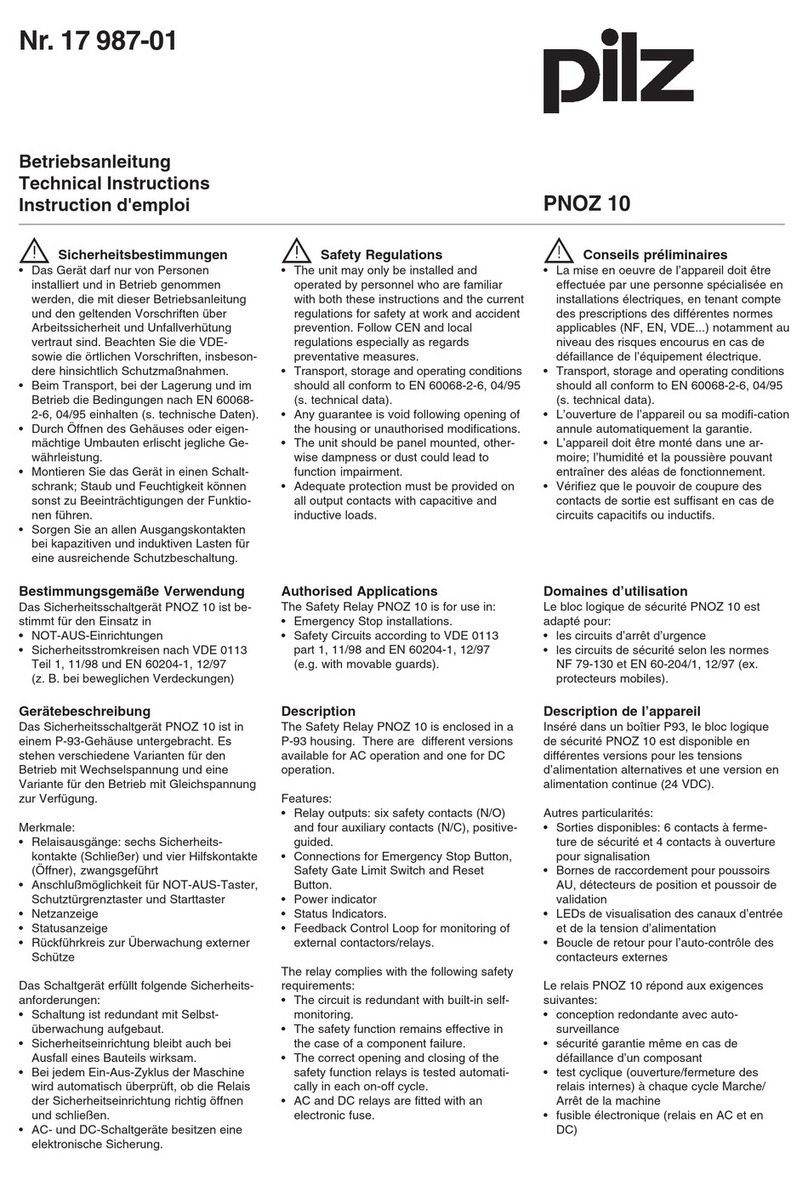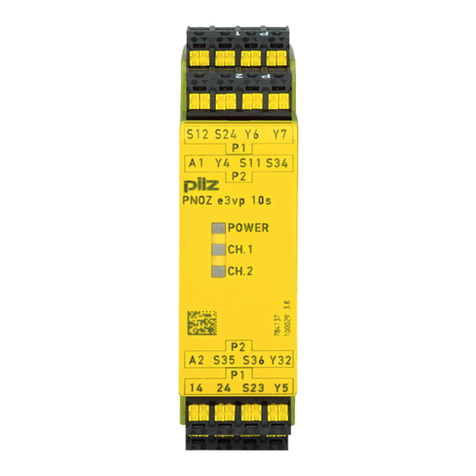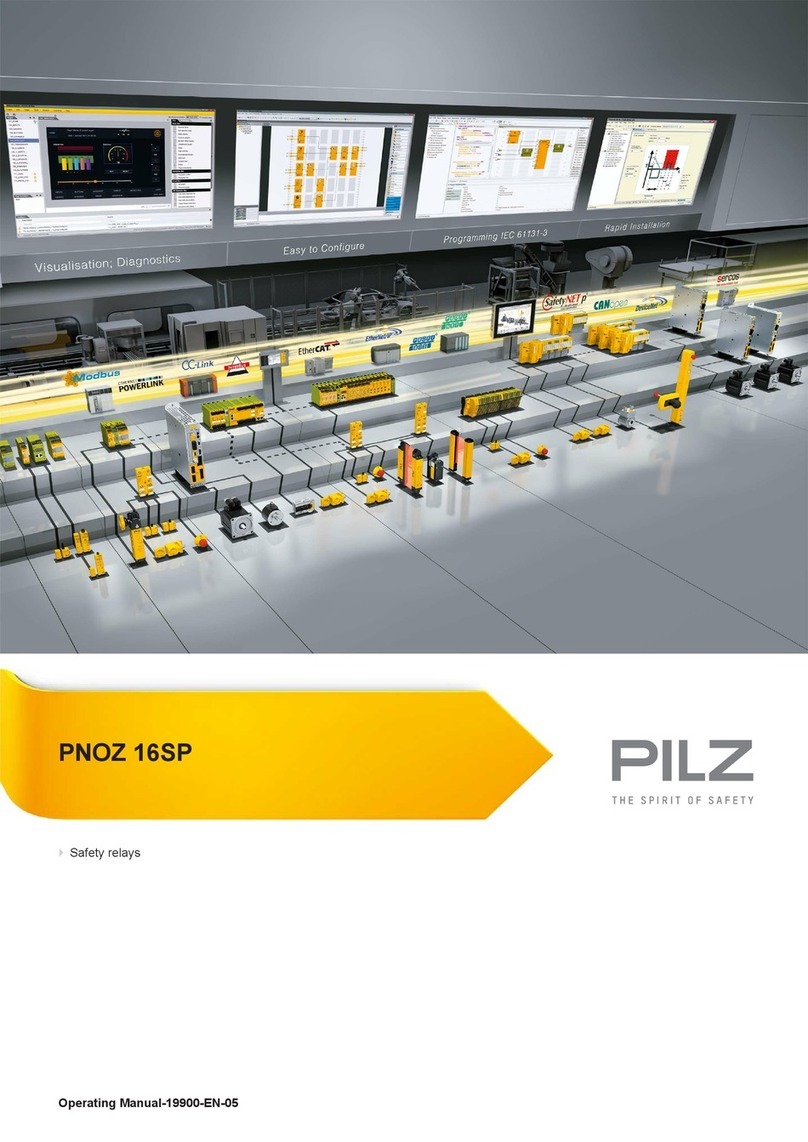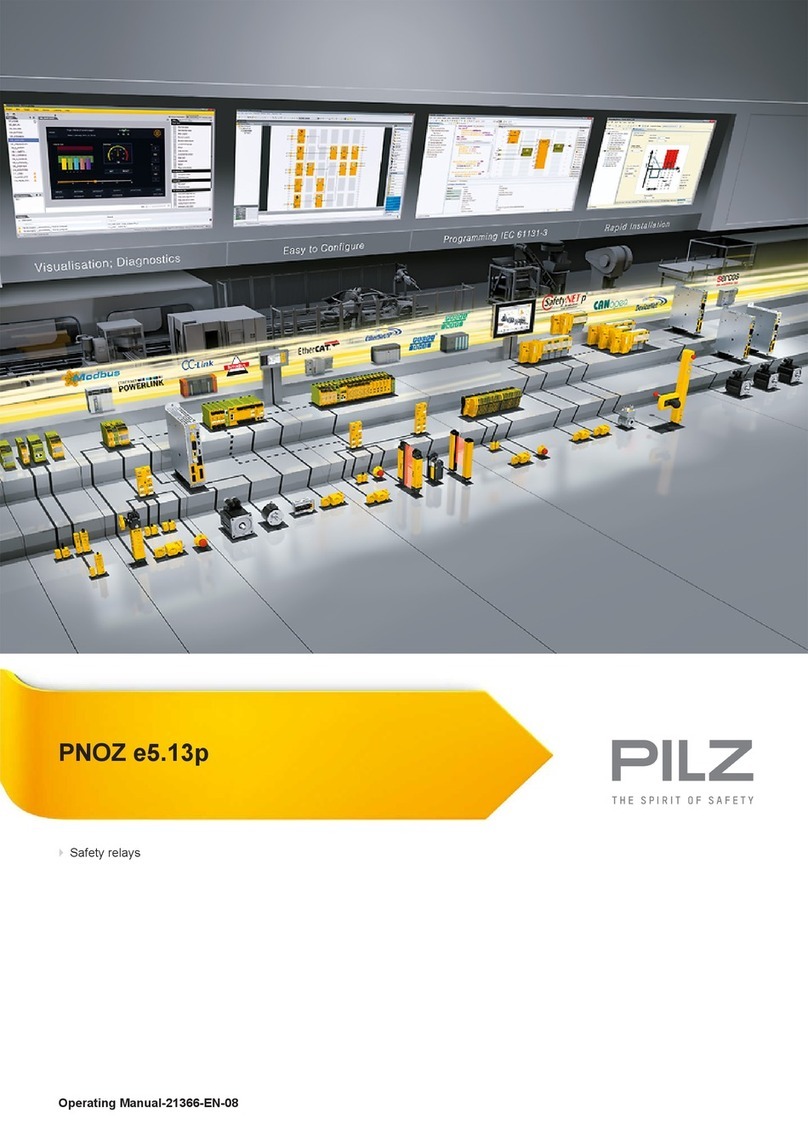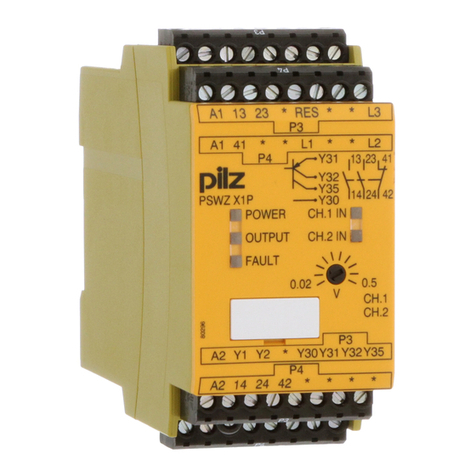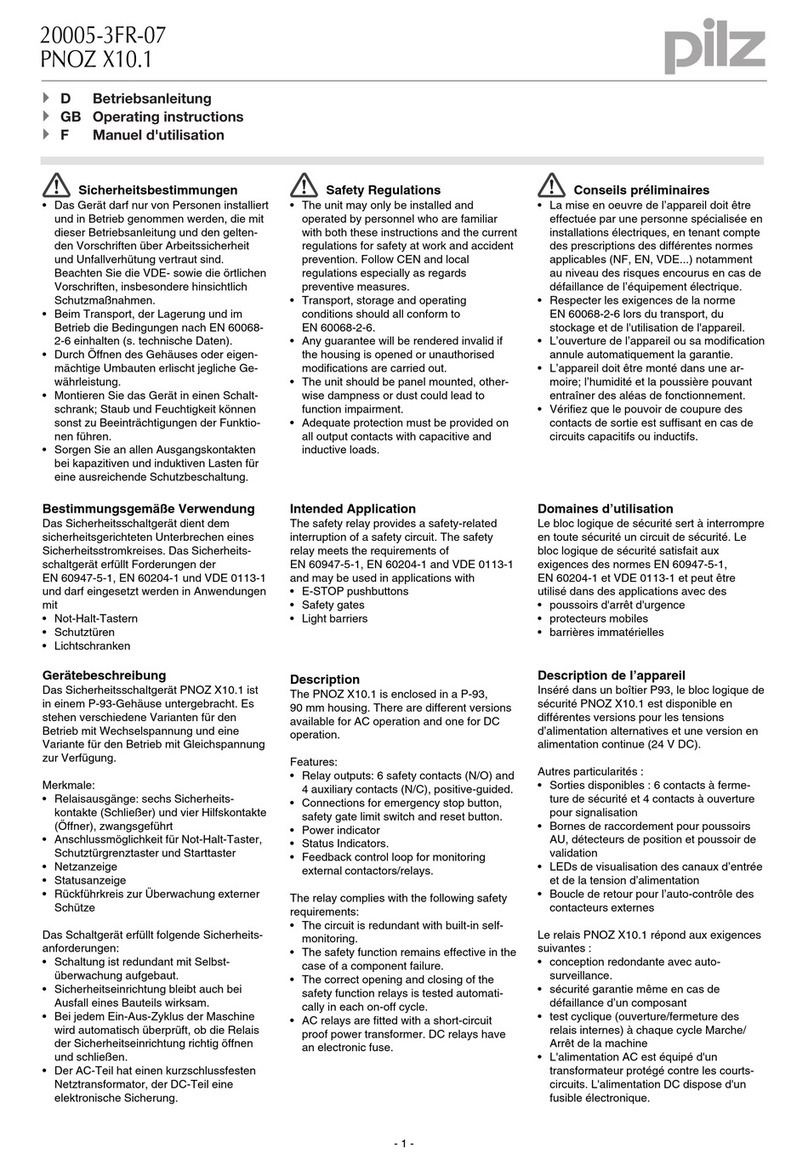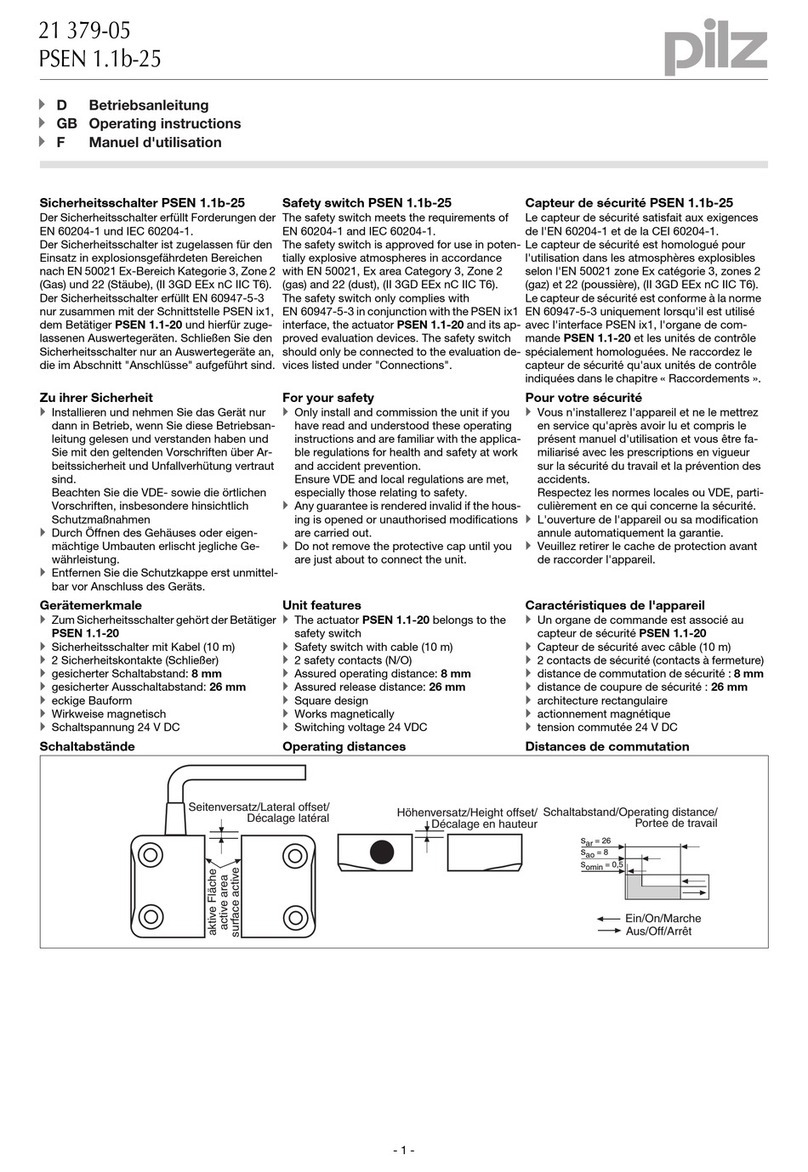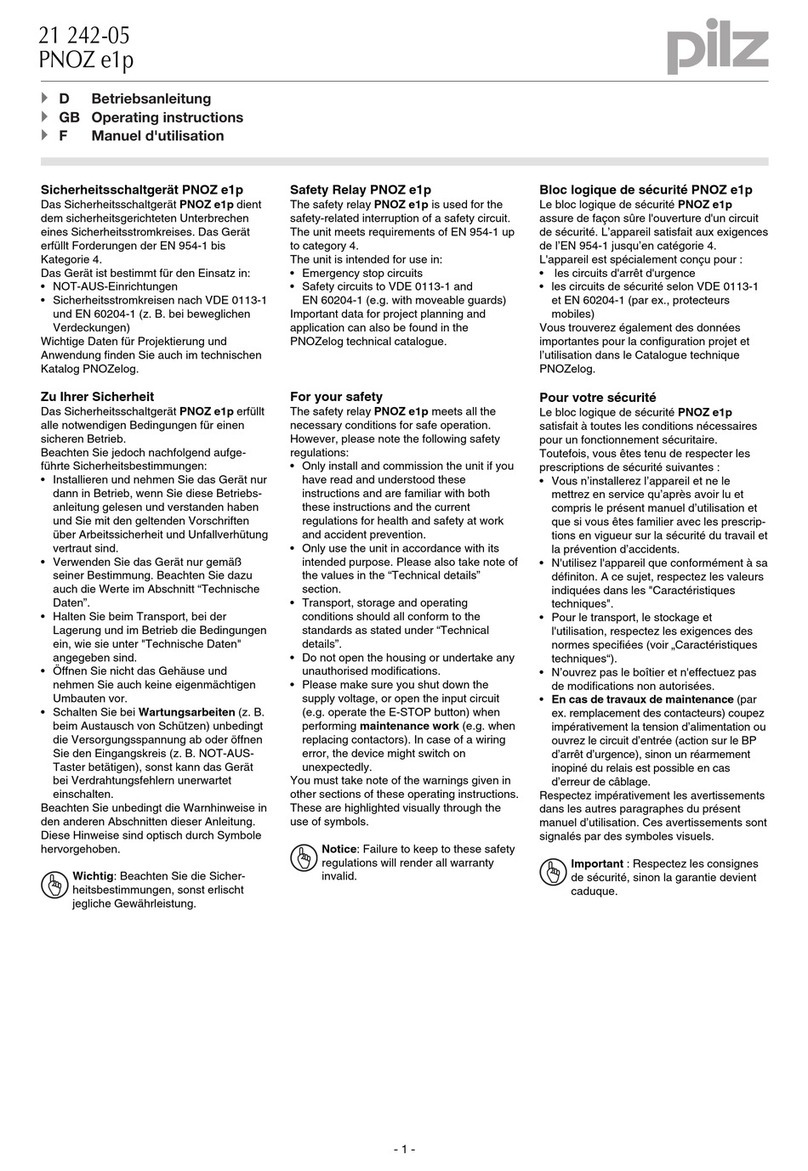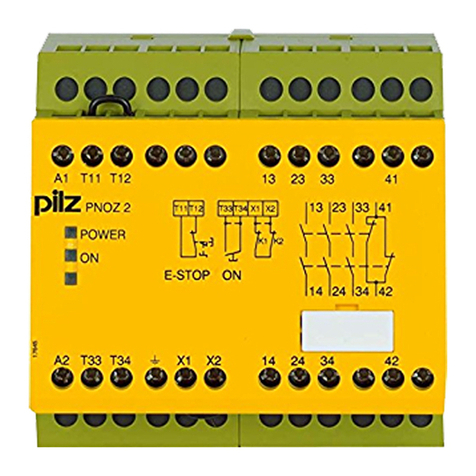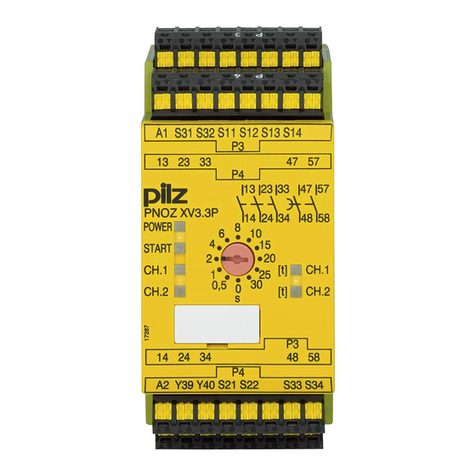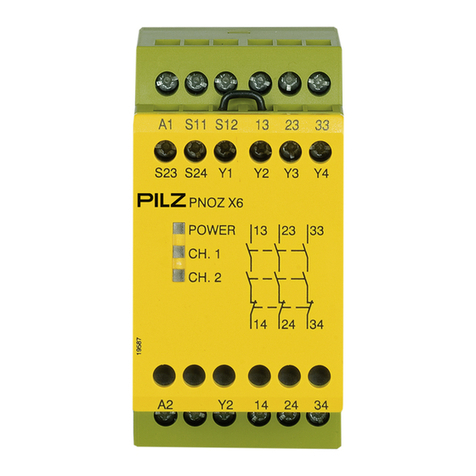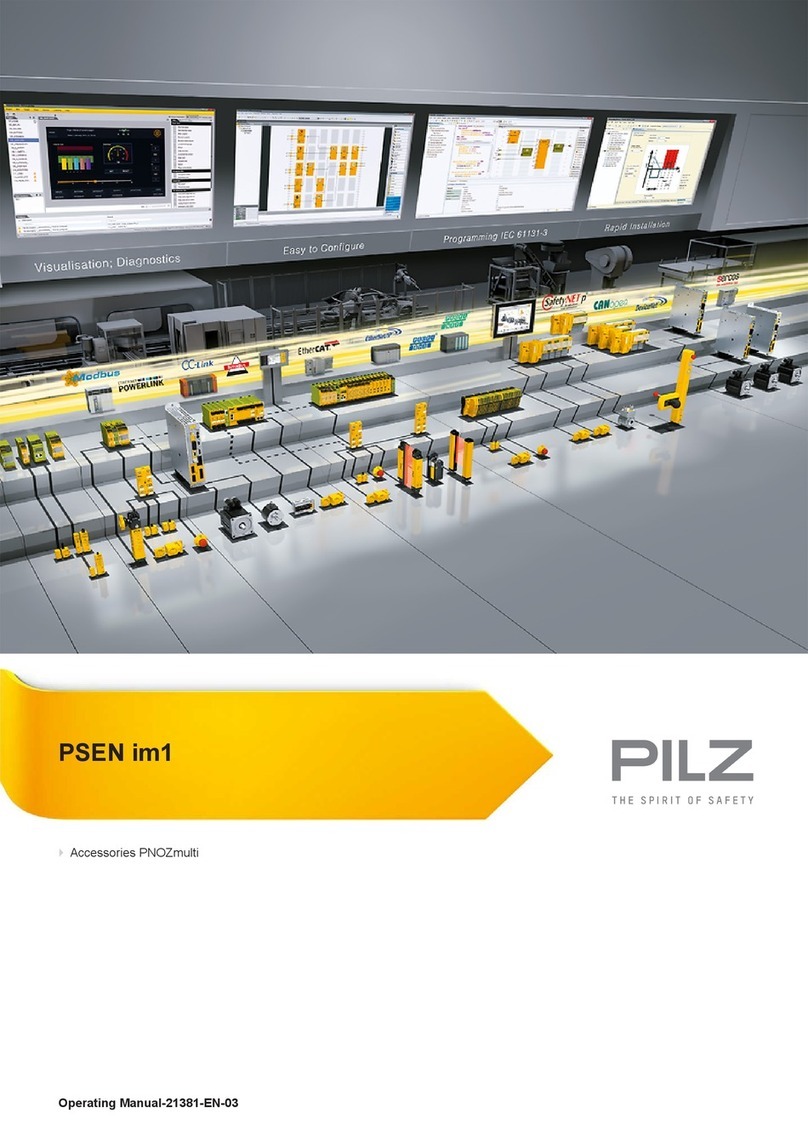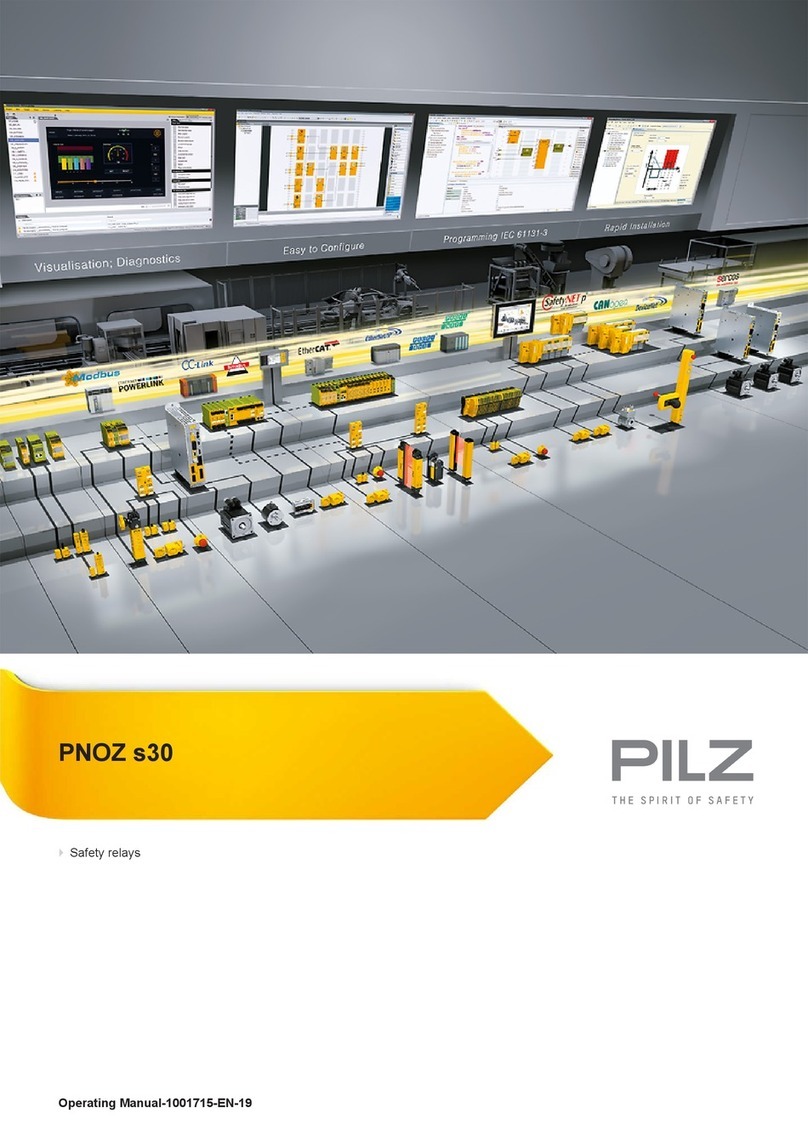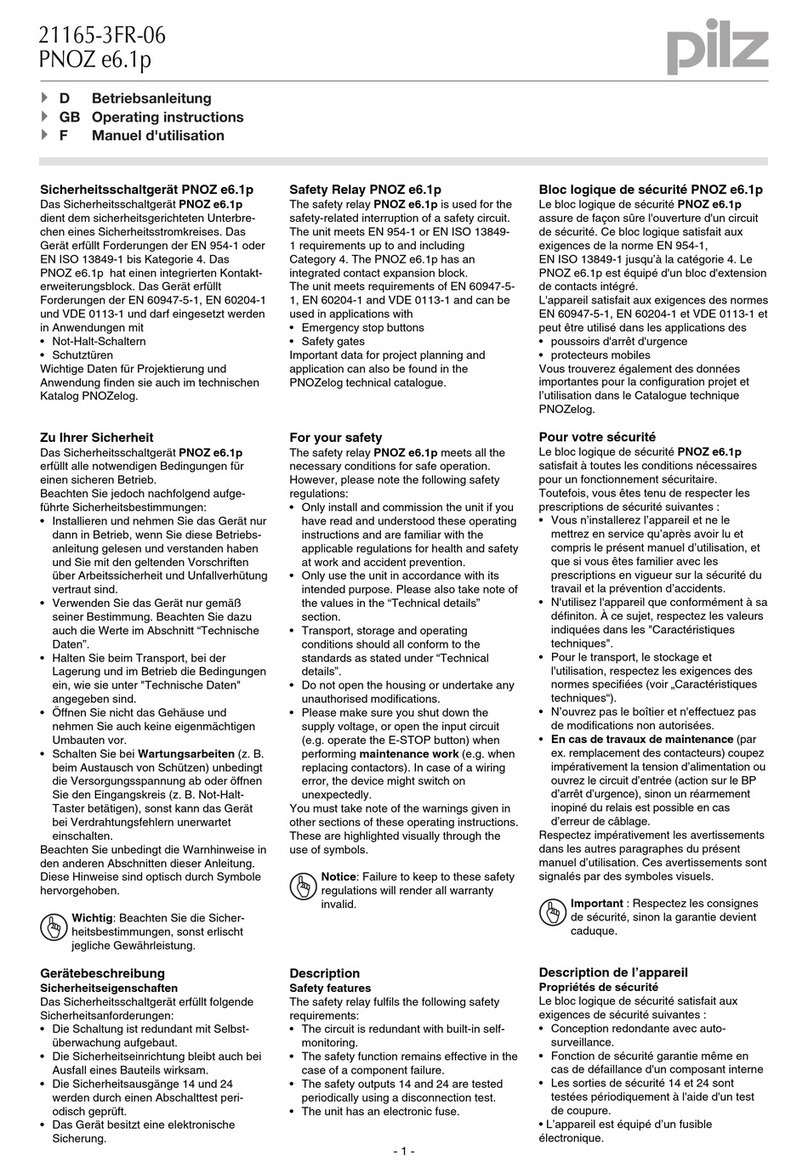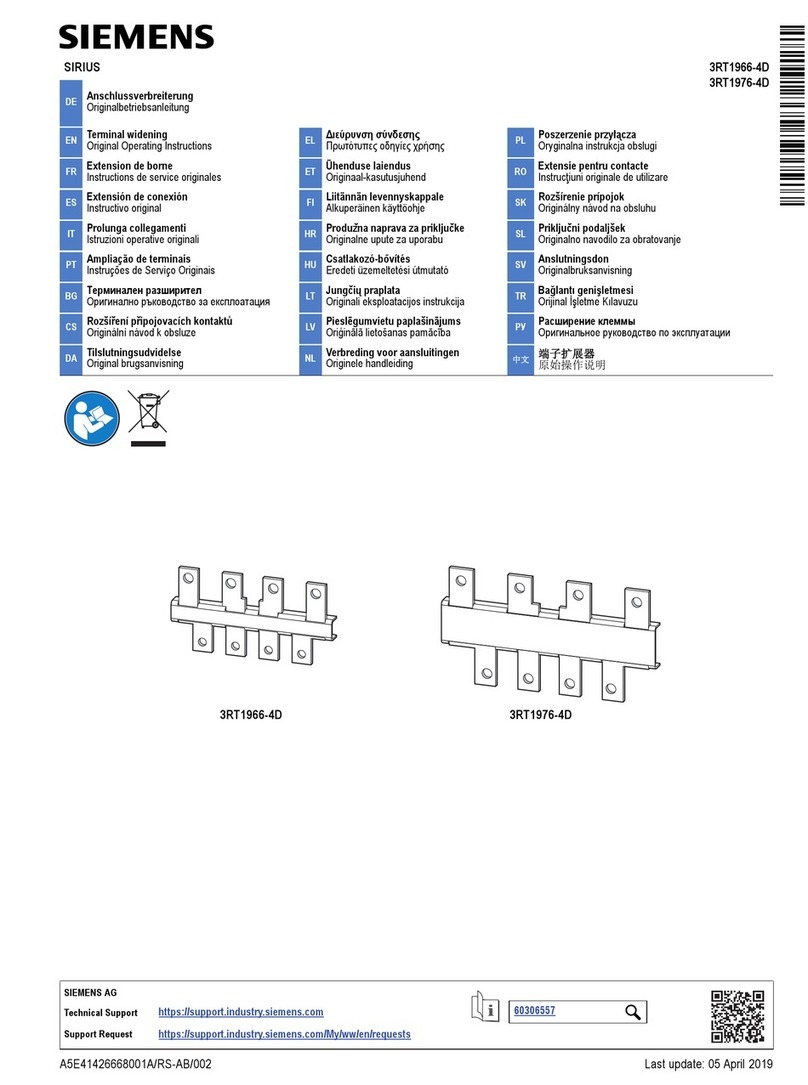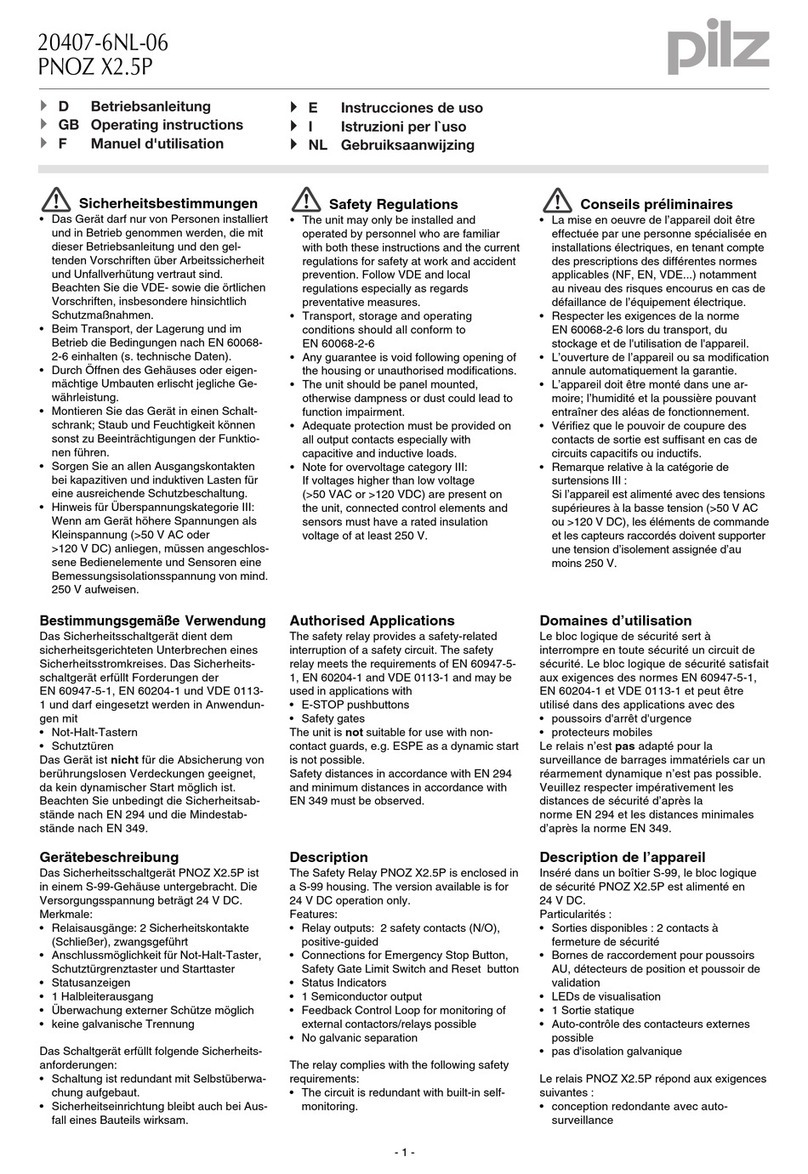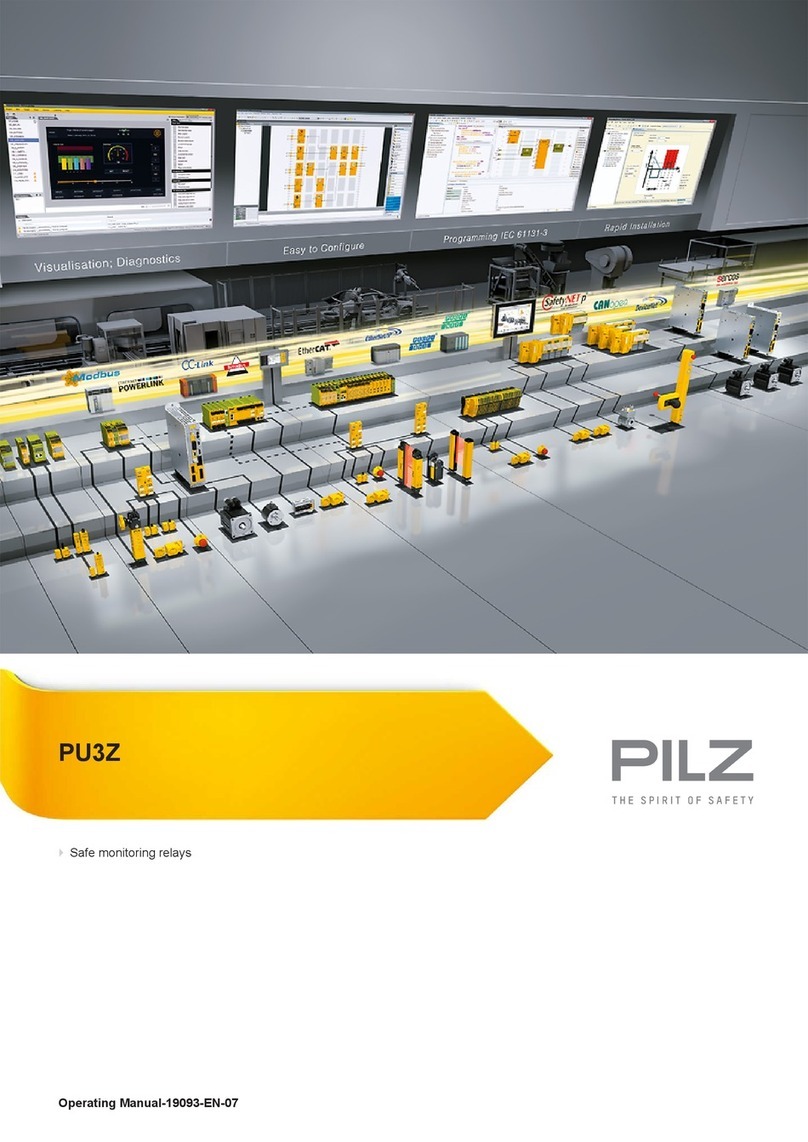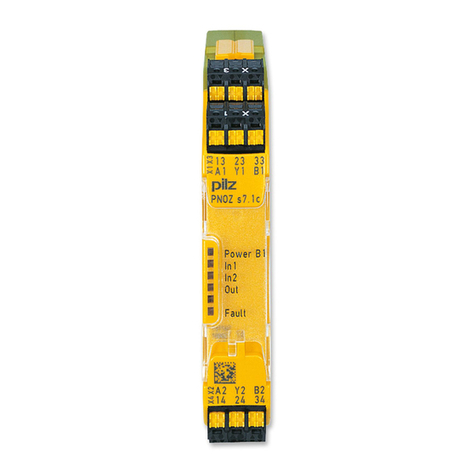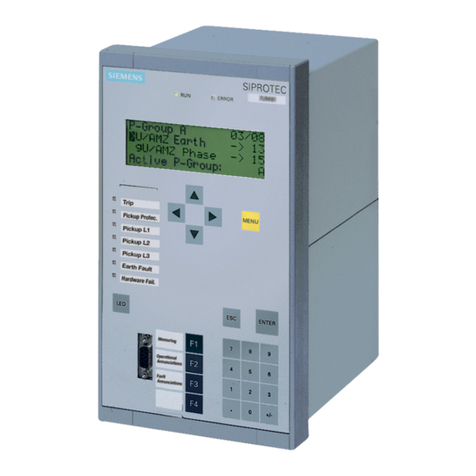
Contents
Operating Manual PNOZ 16S
1003518-EN-11 | 3
Introduction ............................................................................................................................4
Validity of documentation ..........................................................................................................4
Using the documentation ..........................................................................................................4
Definition of symbols .................................................................................................................4
Safety ......................................................................................................................................5
Intended use .............................................................................................................................5
Safety regulations .....................................................................................................................6
Safety assessment....................................................................................................................6
Use of qualified personnel.........................................................................................................6
Warranty and liability.................................................................................................................6
Disposal ....................................................................................................................................6
For your safety ..........................................................................................................................6
Unit features ...........................................................................................................................7
Safety features .......................................................................................................................7
Block diagram/terminal configuration .................................................................................8
Function Description .............................................................................................................9
Operating modes.......................................................................................................................9
Timing diagram .........................................................................................................................10
Installation ..............................................................................................................................10
Wiring ......................................................................................................................................11
Preparing for operation .........................................................................................................12
Operation ................................................................................................................................14
Status indicators........................................................................................................................14
Faults – Interference ..............................................................................................................15
Dimensions in mm .................................................................................................................15
Technical details ....................................................................................................................16
Safety characteristic data..........................................................................................................22
Supplementary data ...............................................................................................................23
Service life graph ......................................................................................................................23
Order reference ......................................................................................................................24
EC declaration of conformity ................................................................................................24
UKCA-Declaration of Conformity .........................................................................................24
